If you've read even a brief introduction to the kratom plant and where it comes from, you'll...
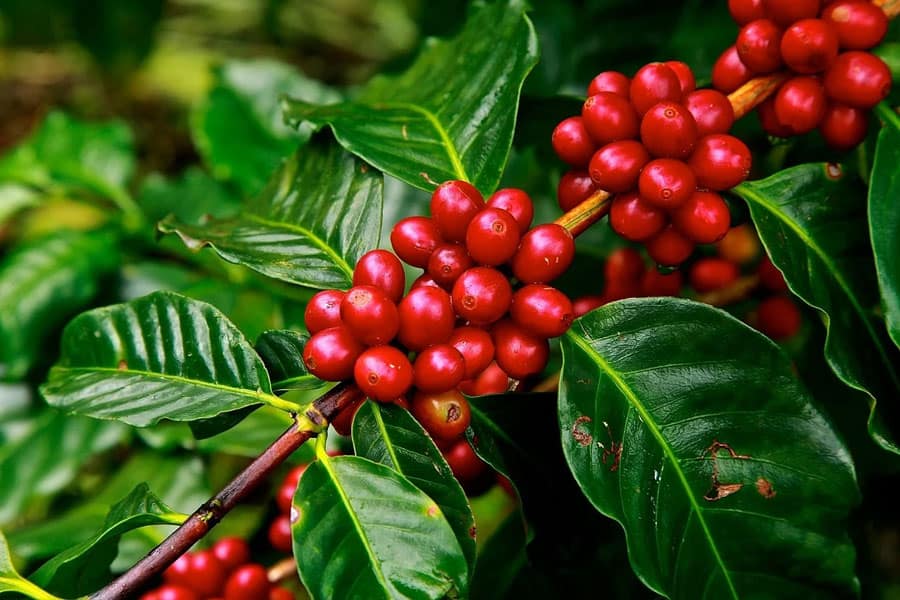

If you've read even a brief introduction to the kratom plant and where it comes from, you'll...

Kratom in Thailand has a long history as a native medicinal leaf used to increase energy and...

When you're looking for a kratom forum that provides the most reliable and up-to-date information,...

Farmers, plantation workers, and seafarers in Southeast Asia have used Mitragyna speciosa leaves...
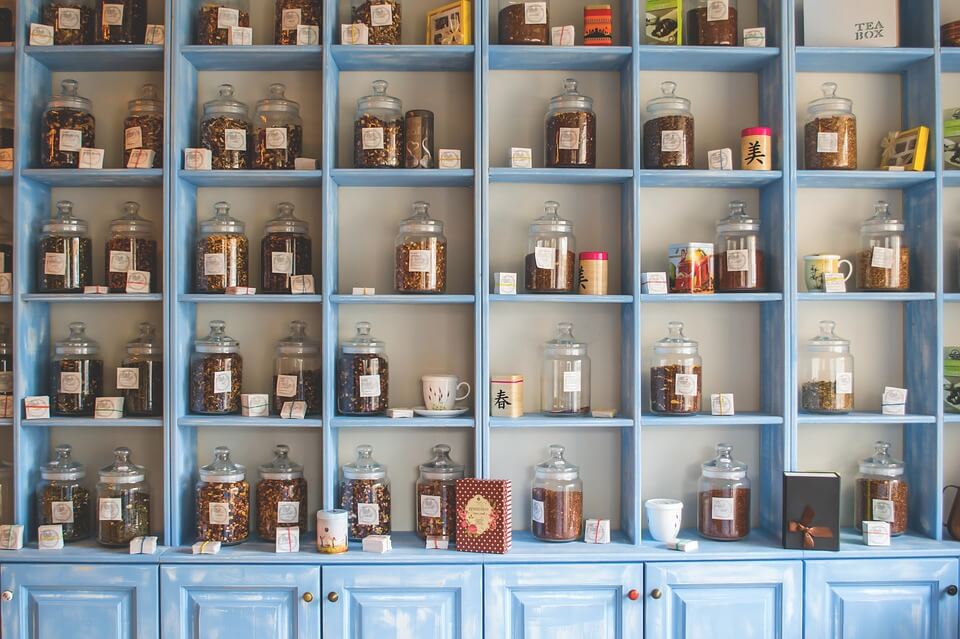
If you love kratom as much as we do, you'll be excited to discover that there are many new kratom...

If you live in the United States and are new to buying kratom, you might be worried that...
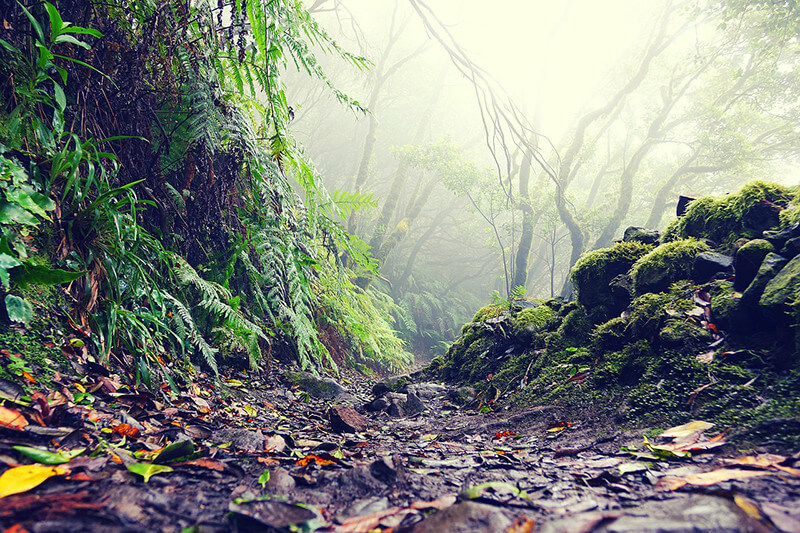
When you shop for kratom online, it can be difficult to determine the quality of the...
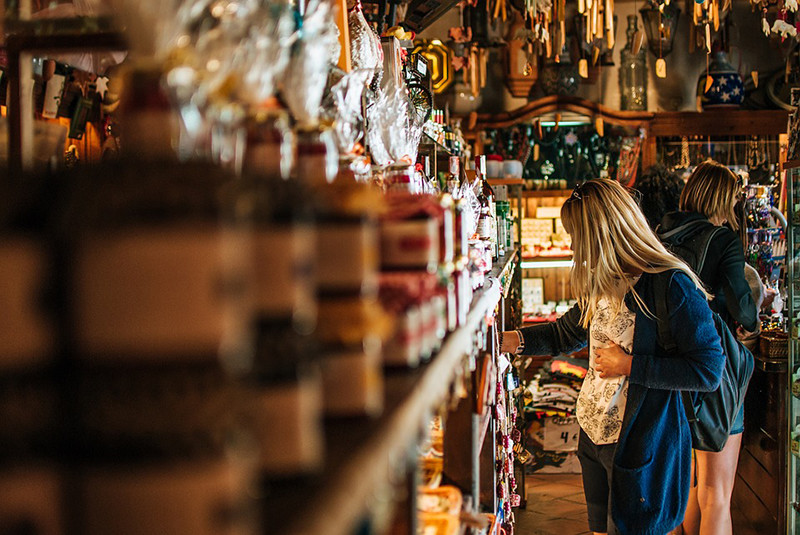
Buying kratom for the first time can be a little daunting. You probably have a lot of questions...
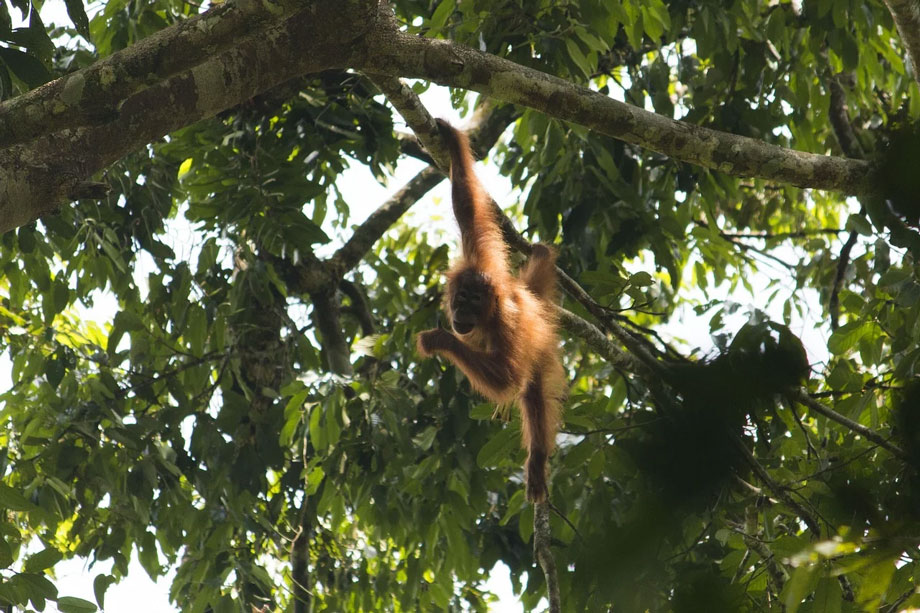
Anyone thinking of growing their own kratom will be fascinated to know the role that kratom trees...
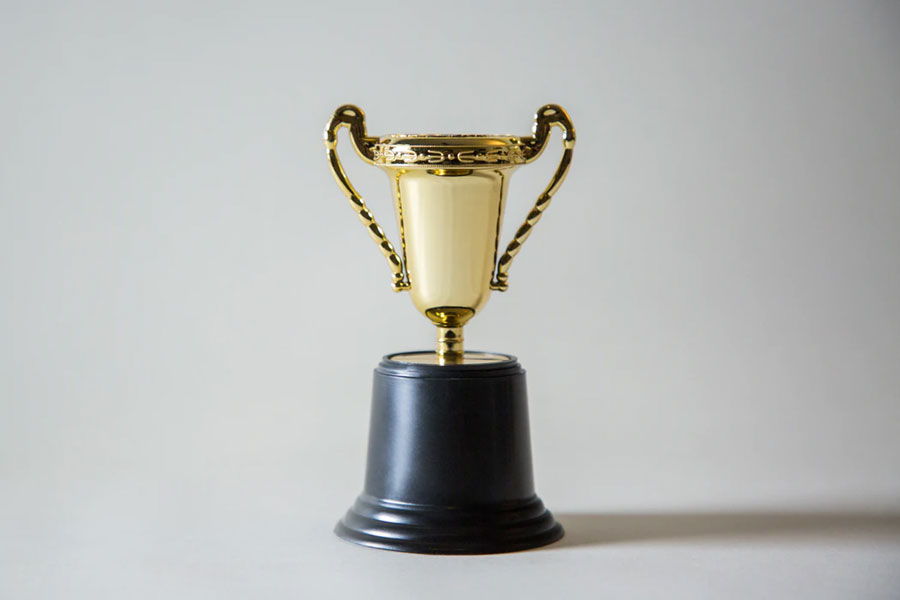
The natural diversity of kratom means that there's always something new to try, but it can also be...